 By: John Abhilash / July 3, 2024
By: John Abhilash / July 3, 2024
In today’s rapidly evolving digital landscape, the importance of continuous monitoring cannot be overstated. As organizations increasingly rely on complex, interconnected systems, the need for vigilant oversight has never been more critical. This article will explore various continuous monitoring techniques, best practices, and tools to help you stay ahead of potential threats and ensure the smooth operation of your systems.
Continuous monitoring is the practice of constantly observing and analyzing your systems, networks, and applications to detect and respond to potential security threats, performance issues, or compliance violations in real-time. Unlike traditional periodic assessments, continuous monitoring provides an ongoing, up-to-date view of your organization’s security posture and operational health.
Consider the case of Target’s 2013 data breach, where hackers stole credit card information from 40 million customers. Despite having some security measures in place, the lack of continuous monitoring allowed the attackers to remain undetected in the system for weeks. This incident underscores the critical need for constant vigilance in today’s threat landscape.
Automation is the cornerstone of effective continuous monitoring. By leveraging automated tools and processes, organizations can:
Continuously scan for vulnerabilities
Monitor system performance in real-time
Detect and alert on anomalies
Generate comprehensive reports
Netflix’s “Chaos Monkey” is an excellent example of automated continuous monitoring in action. This tool randomly terminates instances in production to ensure that their systems can withstand unexpected failures. By continuously testing their infrastructure’s resilience, Netflix maintains high availability and quickly identifies potential weaknesses.
As more organizations migrate to the cloud, cloud-specific monitoring techniques become crucial. Cloud monitoring involves:
Tracking resource utilization
Monitoring application performance
Ensuring data security and compliance
Managing costs
Implement multi-layer monitoring (infrastructure, application, and user experience)
Utilize cloud-native monitoring tools provided by your cloud service provider
Set up automated alerts for unusual activities or performance issues
Real-time monitoring allows organizations to detect and respond to issues as they occur, minimizing potential damage and downtime.
Live dashboards displaying critical metrics
Instant alerts and notifications
Automated response mechanisms for predefined scenarios
In the DevOps world, continuous monitoring is an integral part of the CI/CD pipeline. It helps teams:
Identify and fix issues early in the development cycle
Ensure consistent performance across different environments
Facilitate faster and more reliable releases
Etsy, the e-commerce platform, is known for its robust DevOps practices. They deploy code to production over 50 times a day, relying heavily on continuous monitoring to ensure each deployment’s success. Their monitoring system tracks hundreds of metrics, allowing them to quickly identify and resolve issues before they impact users.
Open-source monitoring tools offer cost-effective solutions for organizations of all sizes. Some popular options include:
Nagios: For infrastructure monitoring
Prometheus: For metrics collection and alerting
ELK Stack (Elasticsearch, Logstash, Kibana): For log analysis and visualization
To ensure the effectiveness of your continuous monitoring efforts, it’s crucial to track the right Key Performance Indicators (KPIs) and metrics. Some essential ones include:
Number of detected vulnerabilities
Time to detect and respond to incidents
Percentage of systems with up-to-date patches
System uptime and availability
Response times
Resource utilization (CPU, memory, disk, network)
Percentage of systems meeting compliance standards
Number of compliance violations detected and resolved
Time to address compliance issues
To implement an effective continuous monitoring strategy, consider the following steps:
Define your monitoring objectives and scope
Identify critical assets and systems to monitor
Select appropriate monitoring tools and technologies
Establish baselines for normal behavior
Implement automated alerts and response mechanisms
Regularly review and update your monitoring processes
JPMorgan Chase, one of the world’s largest banks, implemented a comprehensive monitoring framework that processes over 120 billion log events daily. This system allows them to detect and respond to potential threats quickly, significantly enhancing their security posture and operational efficiency.
While continuous monitoring offers numerous benefits, it also comes with challenges:
The sheer volume of data generated by continuous monitoring can be overwhelming. To address this:
Prioritize the most critical metrics and alerts
Implement intelligent filtering and correlation techniques
Utilize visualization tools to make data more digestible
Dealing with false positives can be time-consuming and may lead to alert fatigue. To mitigate this:
Fine-tune alerting thresholds
Implement machine learning algorithms to improve accuracy over time
Regularly review and update monitoring rules
Effective continuous monitoring requires a diverse skill set. To bridge the skill gap:
Invest in training and skill development for your team
Consider partnering with managed security service providers
Leverage user-friendly monitoring tools with intuitive interfaces
As technology continues to evolve, so do continuous monitoring techniques. Some emerging trends include:
AI and Machine Learning: Enhancing anomaly detection and predictive analytics
IoT Monitoring: Extending monitoring capabilities to connected devices
Blockchain for Monitoring: Ensuring the integrity and immutability of monitoring data
Continuous monitoring is no longer a luxury but a necessity in today’s digital world. By implementing these techniques, leveraging appropriate tools, and staying abreast of emerging trends, you can ensure that your organization stays ahead of potential threats, maintains optimal performance, and achieves its security and compliance goals. Remember, in the realm of cybersecurity, vigilance is not just a virtue—it’s a requirement.
As you embark on your continuous monitoring journey, keep in mind that it’s an evolving process. Regularly reassess your strategies, tools, and processes to ensure they align with your organization’s changing needs and the ever-shifting threat landscape. With a robust continuous monitoring approach, you’ll be well-equipped to face the challenges of our increasingly connected world.
Check Out our Other Resources : Master ASPM :Build a secure strategy
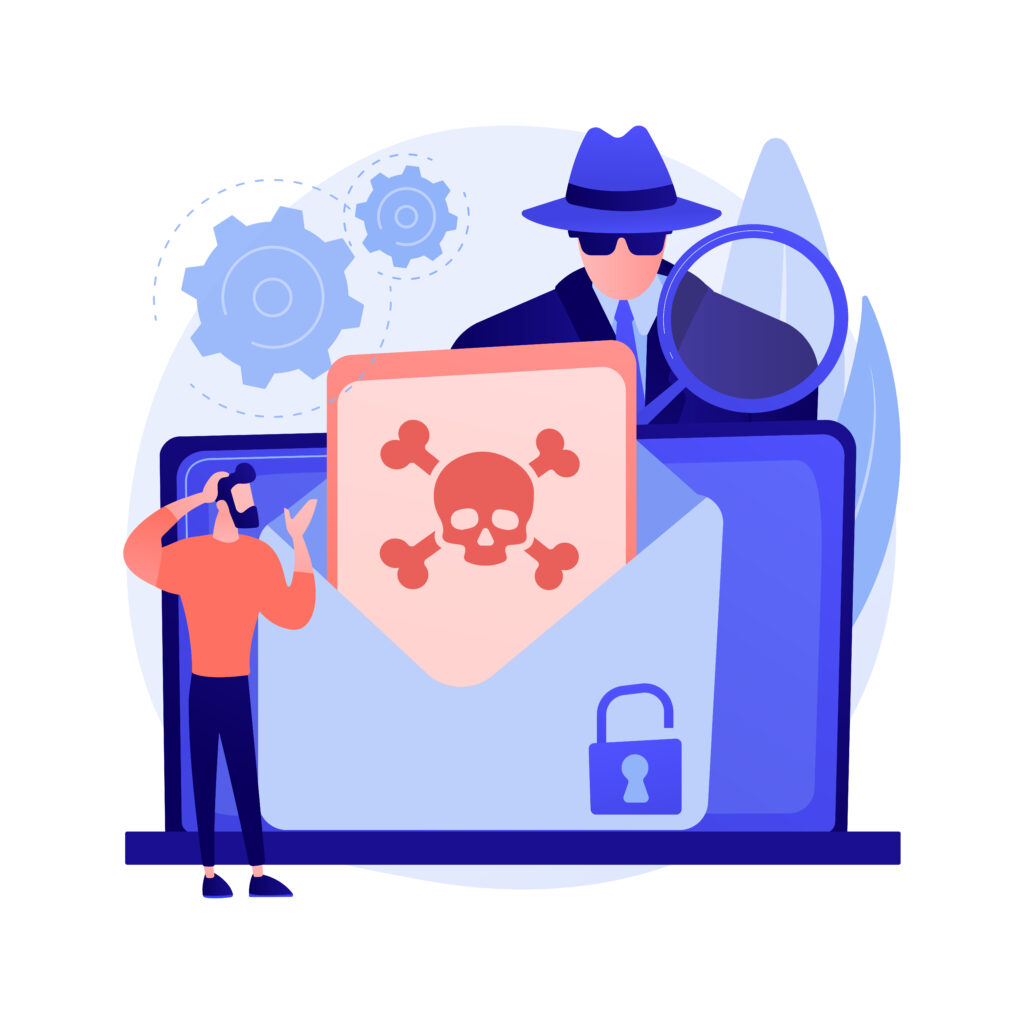
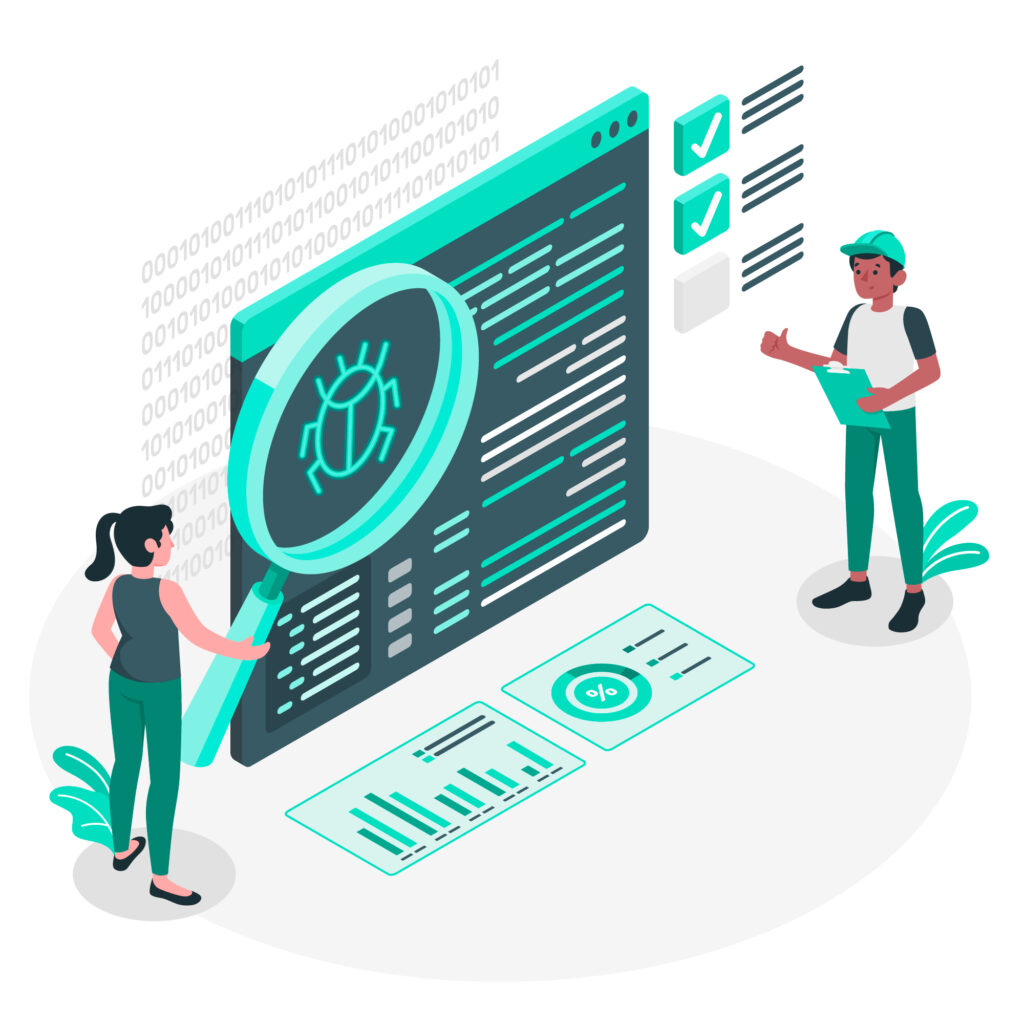
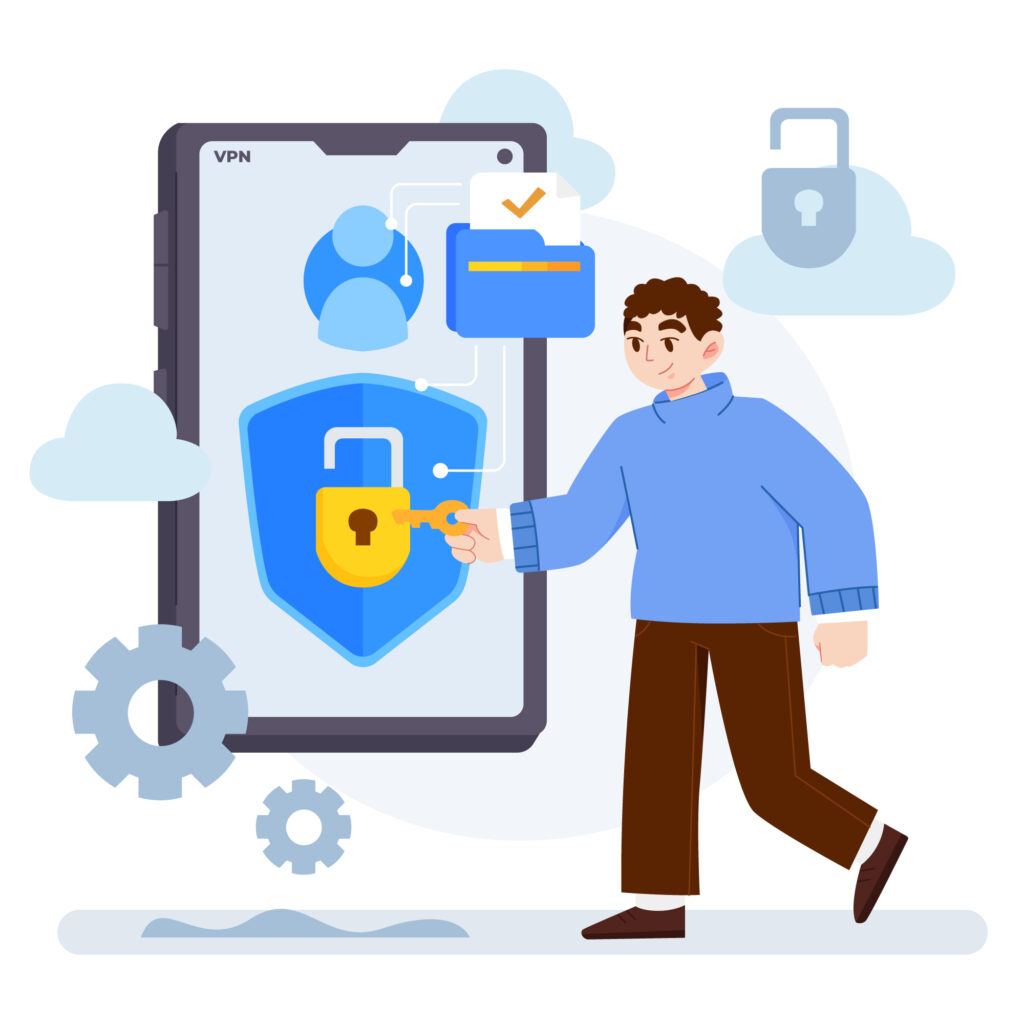
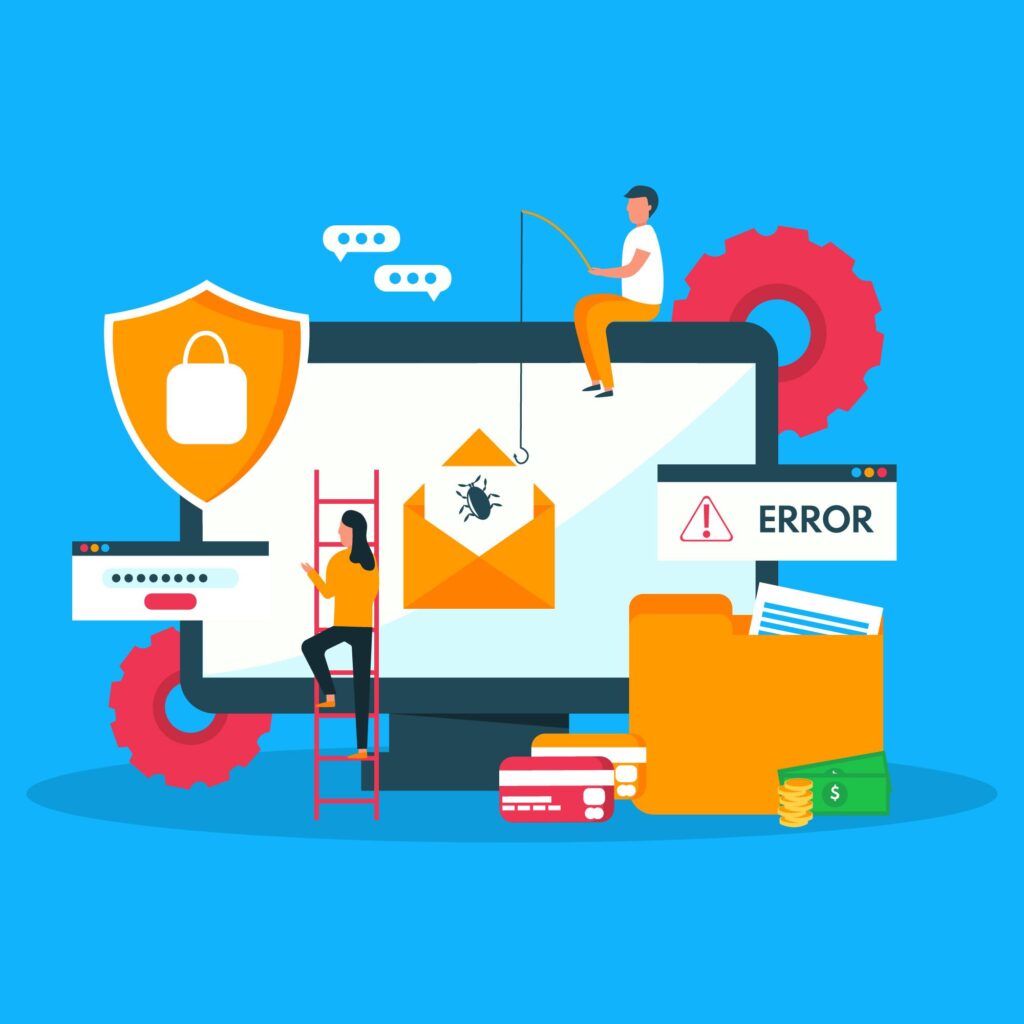

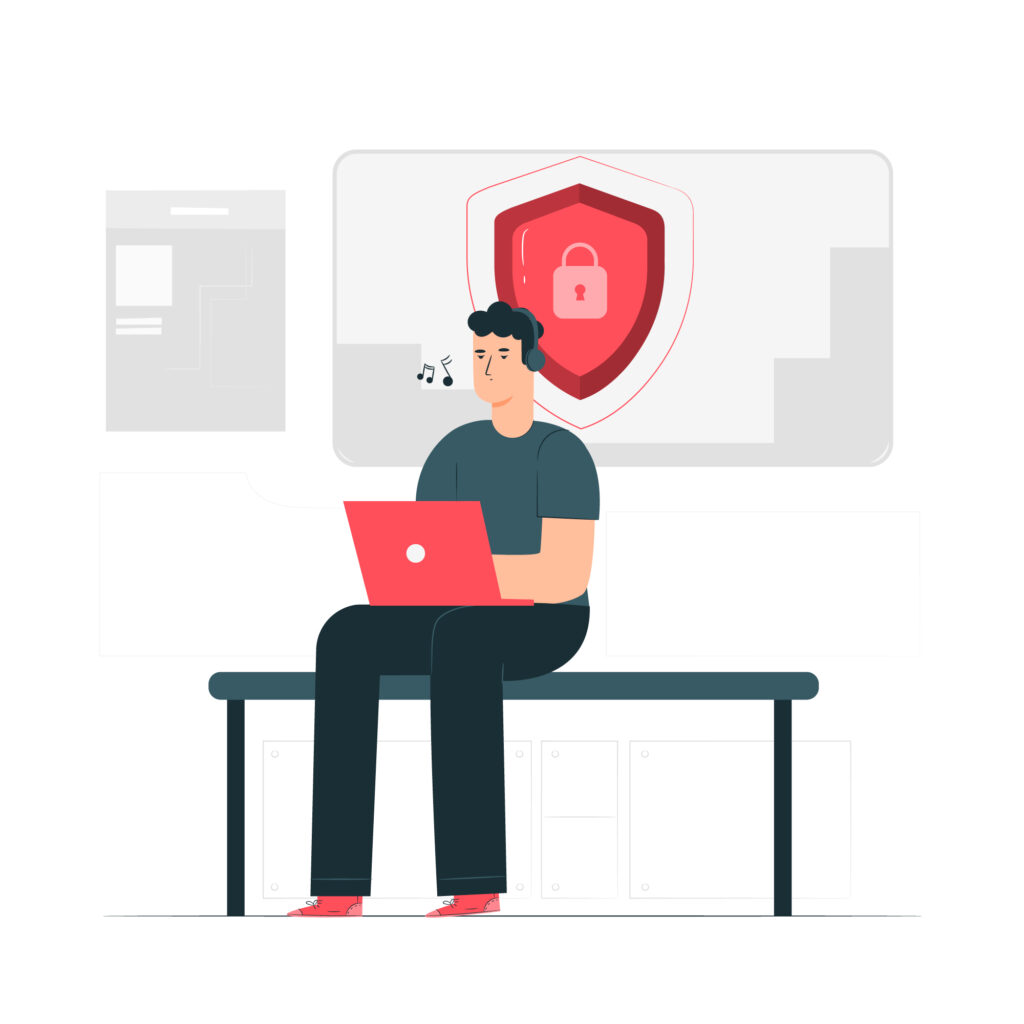

Leave a Comment